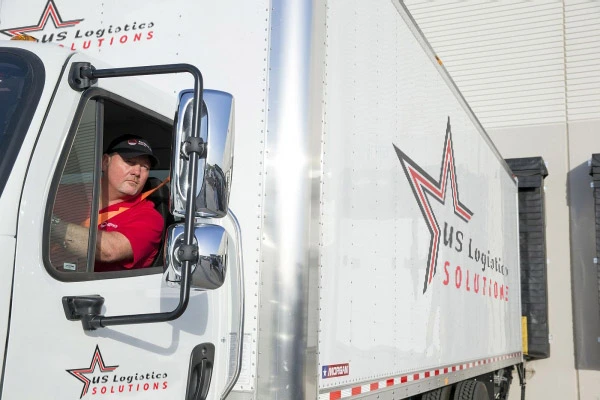Logistics is a critical part of the economy, and the United States is no exception. The logistics industry in the United States is massive, with an estimated value of $1.6 trillion in 2020. However, the industry faces several challenges, including aging infrastructure, labor shortages, and increasing demand for faster and more efficient delivery.
Infrastructure Challenges
One of the biggest challenges facing logistics in the United States is the aging infrastructure. The country’s roads, bridges, and ports are in dire need of repair and modernization. According to the American Society of Civil Engineers, the United States needs to invest $2.6 trillion by 2029 to bring its infrastructure up to a good state of repair. This poses a significant challenge for logistics companies, as they rely on this infrastructure to transport goods across the country.
Labor Shortages
Another challenge facing the logistics industry in the United States is labor shortages. The industry requires a significant amount of labor to drive trucks, operate forklifts, and manage warehouses. However, the industry is facing a shortage of truck drivers and warehouse workers. According to the American Trucking Association, the trucking industry is short by about 60,000 drivers, and this number is expected to increase in the coming years. The pandemic has also made it challenging to recruit new workers due to health concerns and other factors.
Demand for Faster and More Efficient Delivery
The rise of e-commerce has led to an increase in demand for faster and more efficient delivery. Customers expect to receive their orders quickly and at a reasonable cost. This has put pressure on logistics companies to improve their delivery times and reduce costs. The industry is exploring new technologies such as autonomous vehicles and drones to meet this demand, but these technologies are still in the early stages of development and face regulatory challenges.
Opportunities for Growth
Despite these challenges, there are opportunities for growth in the logistics industry in the United States. The rise of e-commerce has led to an increase in demand for last-mile delivery services, which is the segment of the logistics industry that delivers goods to the final destination. This has created opportunities for companies that specialize in last-mile delivery, such as Amazon and UPS.
The growth of e-commerce has also led to an increase in demand for warehousing and distribution services. According to CBRE, the demand for industrial real estate, which includes warehouses and distribution centers, has increased by 5.8% in the past year. This has created opportunities for companies that own and operate warehouses and distribution centers, such as Prologis and Duke Realty.
Conclusion
In conclusion, logistics is a critical part of the economy in the United States, but the industry faces several challenges, including aging infrastructure, labor shortages, and increasing demand for faster and more efficient delivery. Despite these challenges, there are opportunities for growth in the industry, particularly in last-mile delivery and warehousing and distribution services. The industry will need to continue to innovate and invest in new technologies to meet the demands of the changing economy.

